Blog
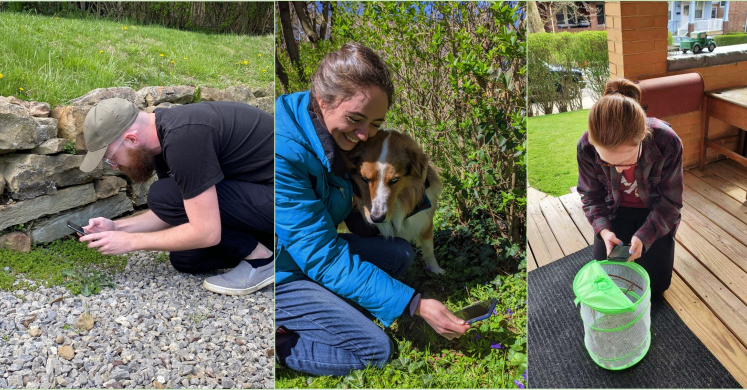
#bioPGH Blog: iNaturalist and the City Nature Challenge – Part Two
 A resource of Biophilia: Pittsburgh, #bioPGH is a weekly blog and social media series that aims to encourage both children and adults to reconnect with nature and enjoy what each of our distinctive seasons has to offer.
A resource of Biophilia: Pittsburgh, #bioPGH is a weekly blog and social media series that aims to encourage both children and adults to reconnect with nature and enjoy what each of our distinctive seasons has to offer.
If several weeks of being at home has sparked your need for the outdoors, join in an international celebration of nature this Earth Day weekend, April 24-27, with the City Nature Challenge! Typically a friendly competition to see which cities around the world can log the most observations in the iNaturalist app, this year the City Nature Challenge has switched its focus to observing and enjoying the natural world around as a unifying experience in the midst of a difficult time. Learn more about it and join in the fun this weekend — it’s the perfect way to celebrate Earth Day!
What is It?
The City Nature Challenge is a global citizen science effort organized by the California Academy of Sciences and the Natural History Museum of Los Angeles County. The event encourages people all over the world to use iNaturalist to document the biodiversity in their area within the given time frame of the challenge. As we mentioned earlier, in previous years the Challenge encouraged city residents to participate by making it a friendly competition. Cities can “compete” against each other to see who records the most observations, the most species, and most participants. Last year, Cape Town, South Africa nearly swept the all three categories, but the San Francisco Bay Area logged the most participants with 1,947 unique iNaturalist users. (I know this isn’t formally a competition year, but don’t we Pittsburghers think we could beat that?)
How Can We Get Involved?
The best part is the simplicity — any observations made on iNaturalist during the window of April 24-27 count! You wouldn’t be able to upload photos taken before the challenge, the app would back date them to the day of the observation, but as long as you are outside and taking pictures of nature and uploading them to iNaturalist during April 24-27, you are participating! You can even upload a specimen you can’t identify. Experts in various fields of biology plan to log on after the observation window and help identify specimens in their area.
How Can We Participate Safely in This Time?
- In Your Backyard: Our backyards are full of living things — insects, spiders, centipedes, the flowers or plants often noted as weeds — they all count! As long something isn’t cultivated (planted intentionally), it can be counted in the Challenge.
- In Your Home: Don’t forget that basements, attics and garages are often home to many an arthropod, and they certainly all count as a part of the City Nature Challenge!
- In Parks and Natural Areas: Be sure to maintain social distancing guidelines.
Are Other Cities Still Participating?
Yes! From San Francisco to Washington, D.C., cities are still joining in the effort. Perhaps now more than ever, we all need something joyous to connect us all. Though the Challenge is a global effort, here in Pittsburgh, the Carnegie Museum of Natural History is spearheading local coordination effort to encourage participation. I checked in with Mandi Lyon, Interim Program Manager of Schools and Groups at the CMNH as we gear up for this yearly adventure and she thought this year it was even more valuable than ever:
“I think the City Nature Challenge is important because it demonstrates that even in times of crisis people all over the world can come together (virtually) over their shared love of nature. Even though we can't join together for the hikes or other public events this year, it warms my heart to know so many people all over the world are going to be out taking photos and sharing them with each other at the same time we are here in Pittsburgh.”
Check out the Challenge’s website for more details, and check out the Phipps staff who will be joining in!
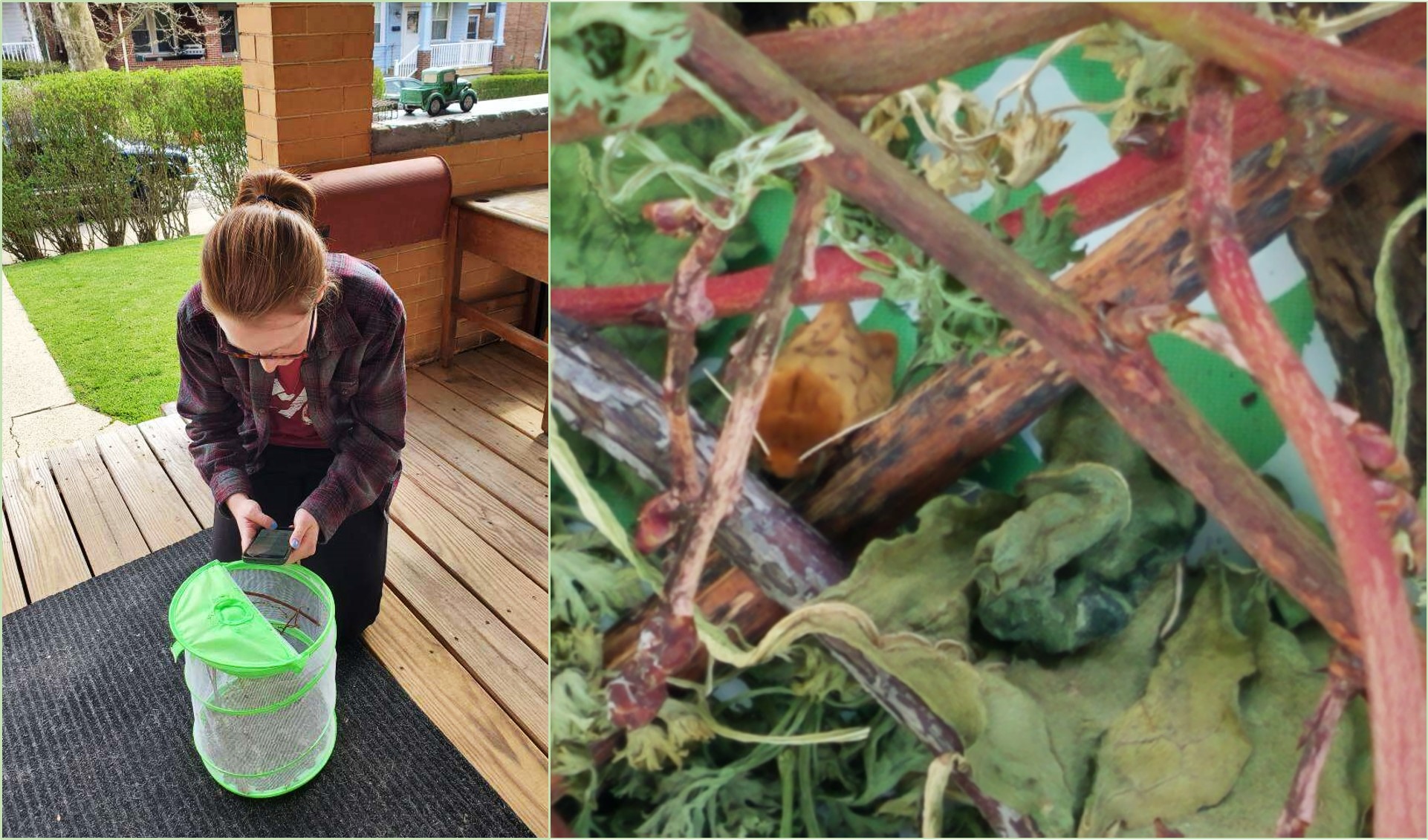
Science education facilitator Emily Horner - can you find the Isabella tiger moth she is looking at?
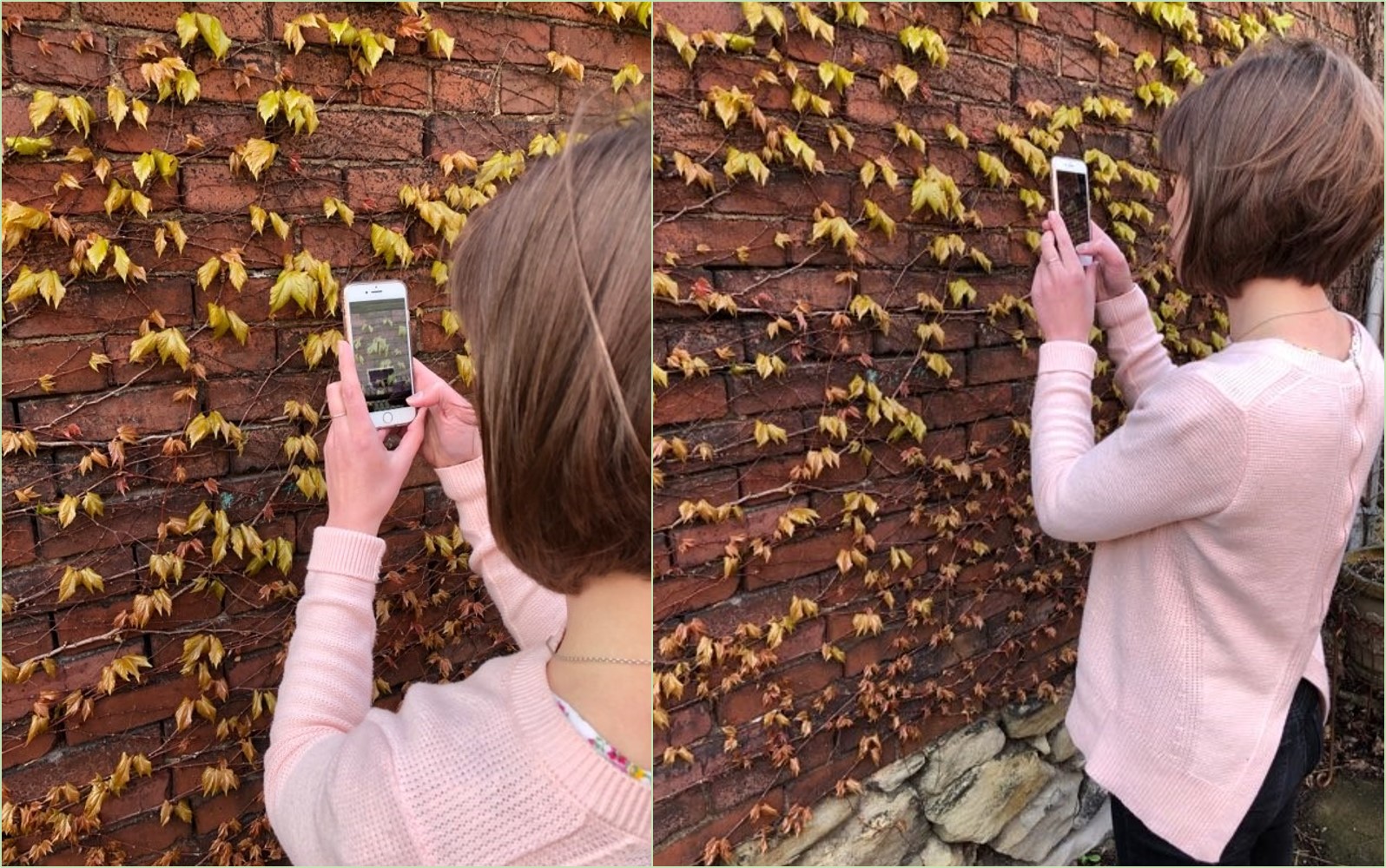
High school programs coordinator Emily Johns notes "Even though I don't have a yard, there are still wild plants everywhere. City plants tend to be tough (while often invasive or non-native), and that makes the process of identifying a fascinating challenge."
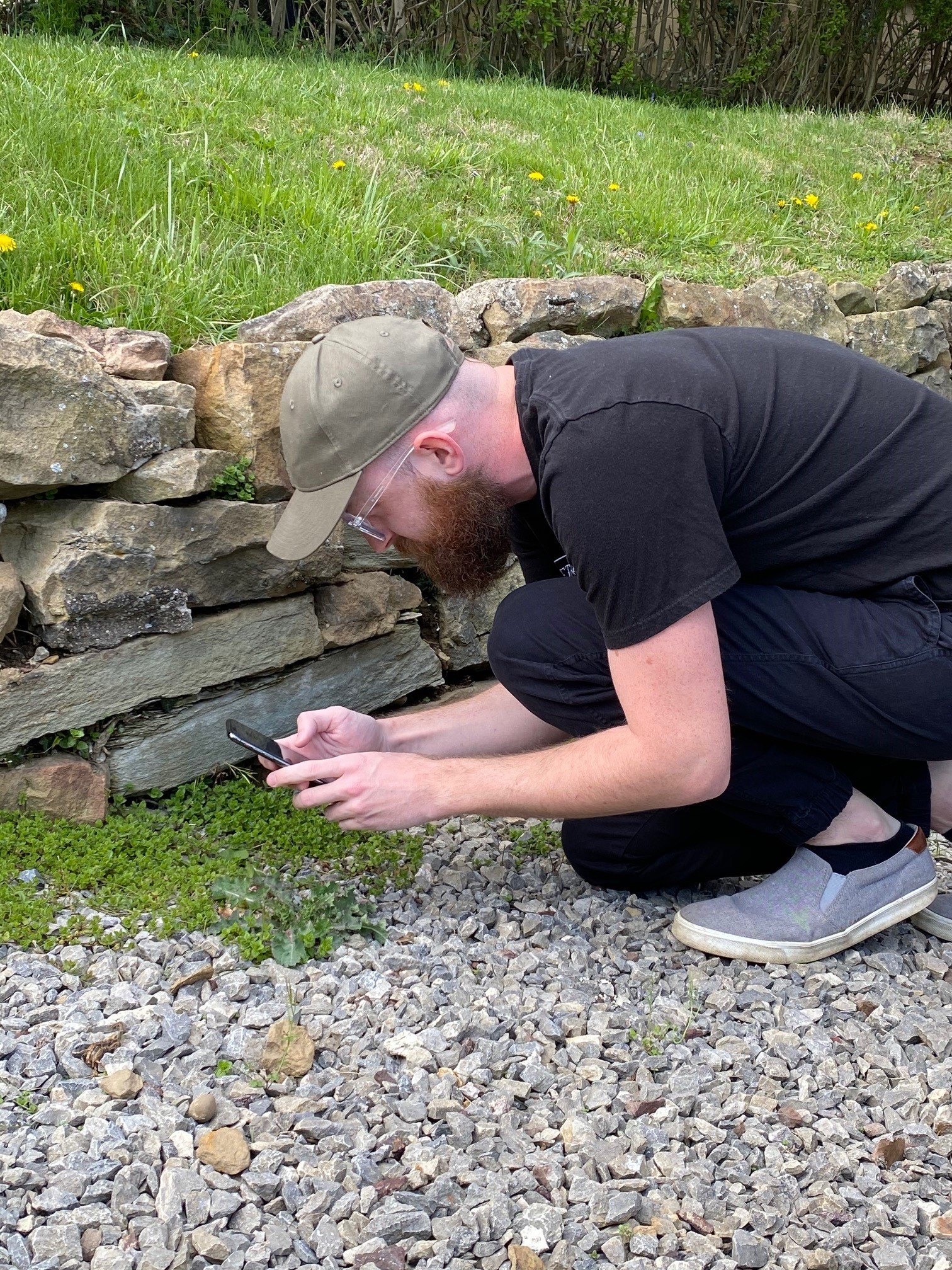
Dr. Ryan Gott, associate director of integrated pest management, identifies the plants growing along his driveway.
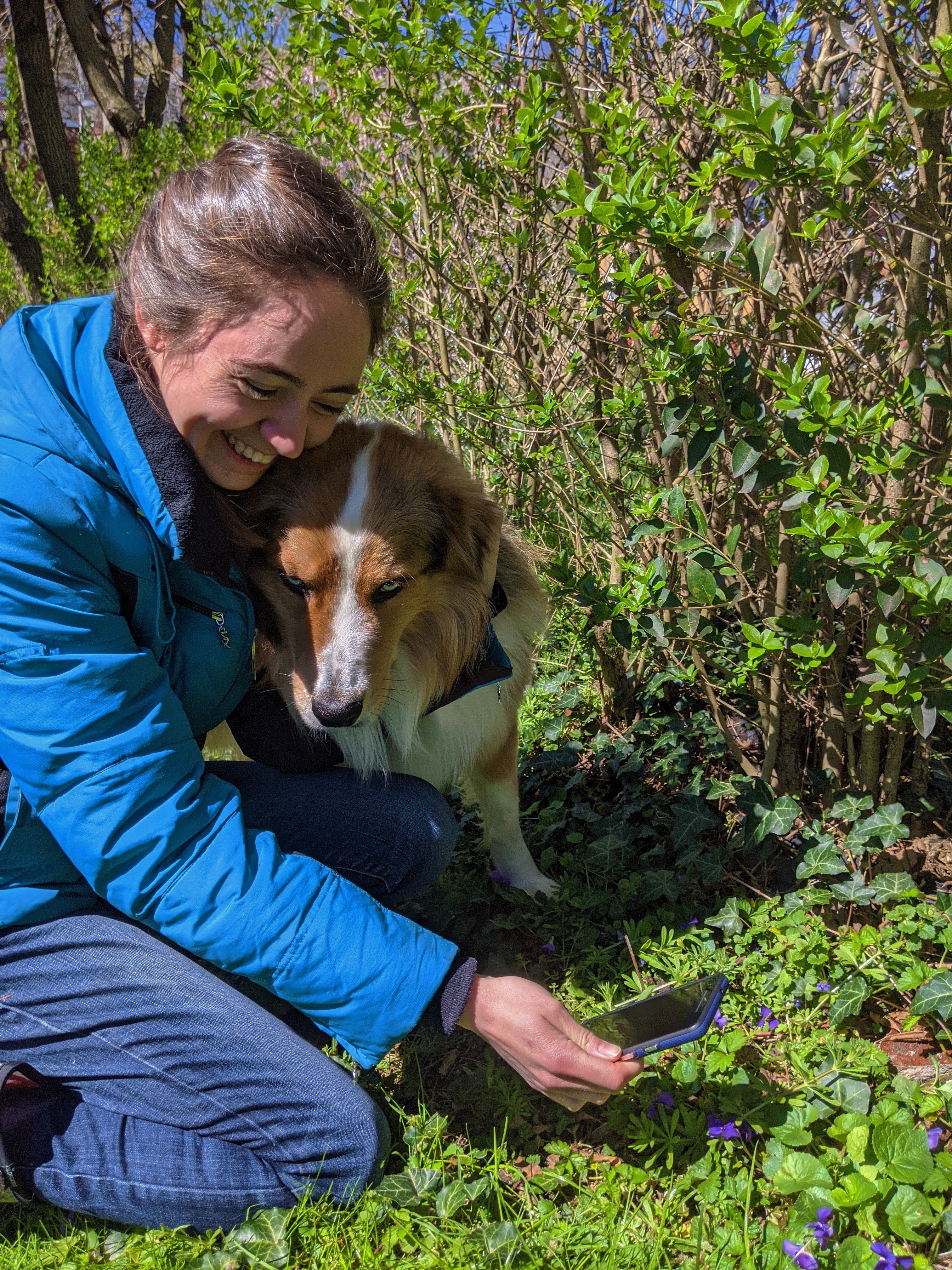
Soren and his human, science education facilitator Jennifer Torrance, are both enjoying learning what's in their backyard!
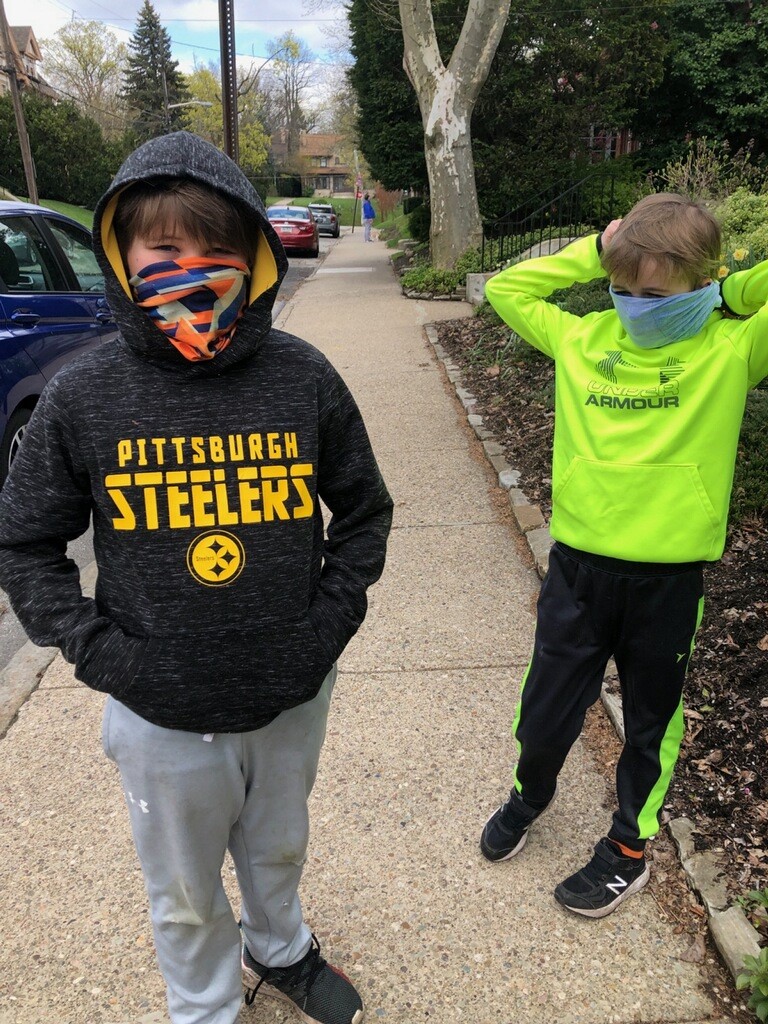
Heather Shannon, manager of special projects and Let's Move Pittsburgh, and her boys will be exploring the neighborhood, but safely and with protective masks.
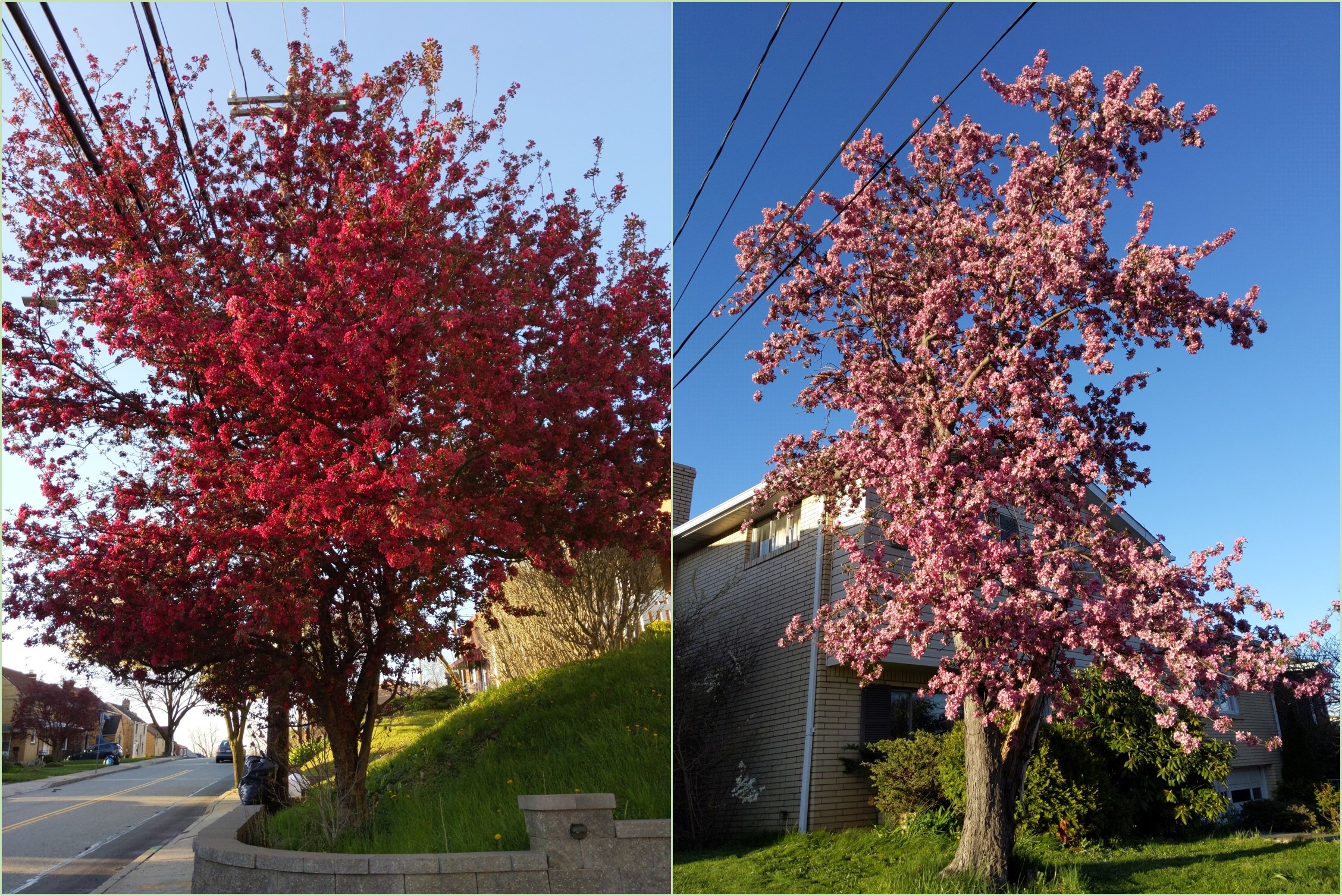
Marketing coordinator Jess Ignasky noted these beautiful blooming beauties in her neighborhood! (Just remember to check the "cultivated" box on iNaturalist when documenting something planted by humans.)

Yours truly, Dr. Maria Wheeler-Dubas, science education outreach manager. This fall I moved into a new house, and this spring has been a wonder of finding out what blooms in our backyard and the hillside behind it!

